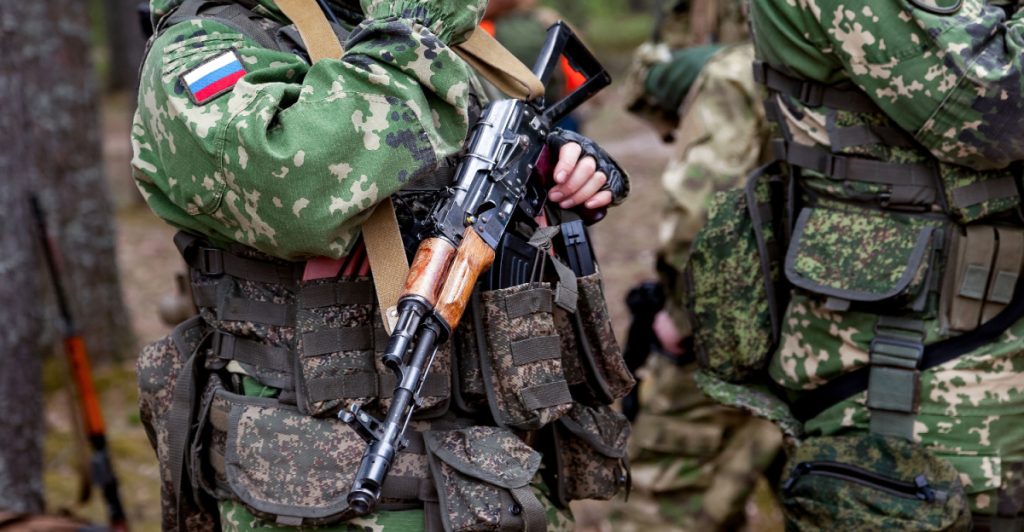Since 2009, the joint military excercise has been helt every fourth year – and now it’s time for the 2005-edition in Belarus.
Others are reading now
Since 2009, the joint military excercise has been helt every fourth year – and now it’s time for the 2025-edition in Belarus.
What is happening?

In September 2021, Russian soldiers were stationed in Belarus for military drills. Just five months later, they returned—this time as part of the February 2022 invasion of Ukraine.
Their route included a key passage through Belarusian territory, a move that left European nations deeply uneasy.
The memory of that deployment lingers, and it’s been reignited recently with the renewed presence of Russian forces in the region.
Russian drones breach Polish airspace

Tensions spiked again between September 9 and 10 when Russian drones were detected flying over Polish skies.
Also read
Whether it was an accident or a calculated test remains unclear, but the move has further inflamed already strained relations between NATO allies and the Kremlin.
For many in Europe, this incident underscores just how volatile the situation remains along the eastern borders.
Mixed messages from Moscow and Minsk
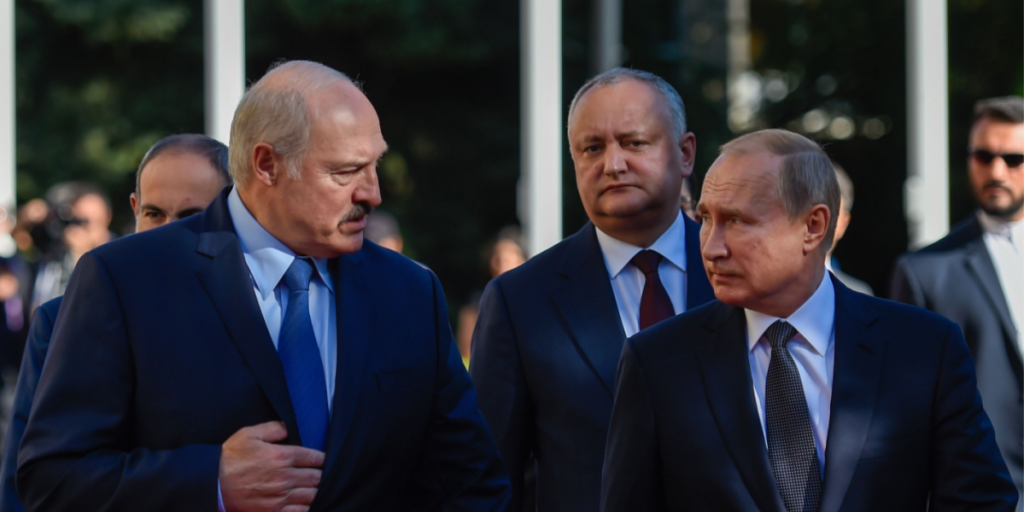
While Russia engages in military posturing, it also insists there’s no reason for concern.
“These exercises are not aimed at other states,” claimed a Kremlin spokesperson on September 11.
Belarus has echoed this, saying most drills will be far from the European borders.
Also read
However, actions on the ground suggest a more complex reality than these diplomatic reassurances might imply.
Nuclear elements in the mix

On August 13, Belarus’s defense minister revealed that the joint exercises will include training with nuclear weapons and testing of the new “Oreshnik” missile system—a medium-range ballistic weapon reportedly capable of carrying nuclear warheads.
Little is known publicly about the Oreshnik system, but its mention signals an escalation in the scope of the drills and adds a chilling nuclear dimension to the operation.
Poland shuts down its Belarus border
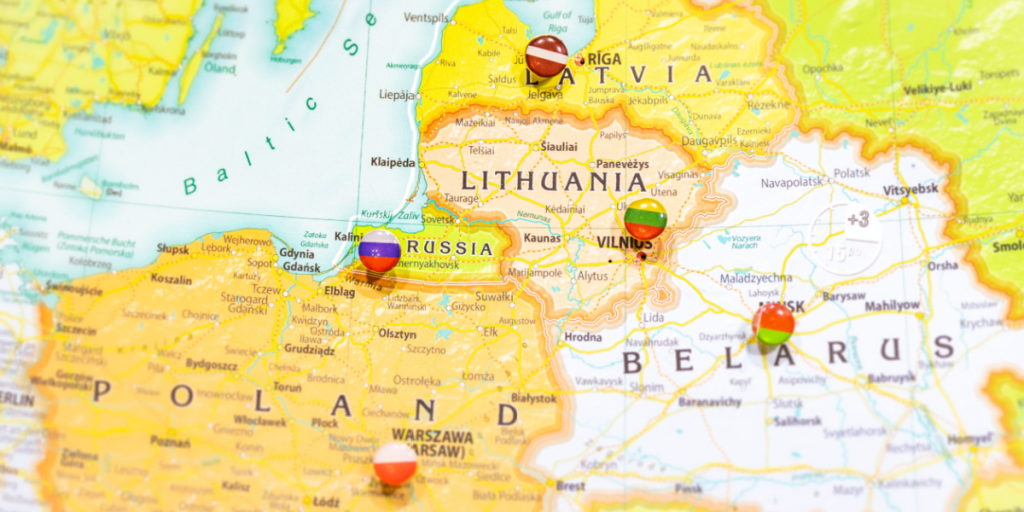
Following the drone incursion on September 10, Poland acted swiftly.
With Operation Zapad-2025 due to begin just two days later, Warsaw shut all remaining border crossings with Belarus and restricted air traffic near the eastern frontier.
Also read
Polish authorities say they are taking preemptive steps to protect national security.
30,000 troops mobilized near Poland
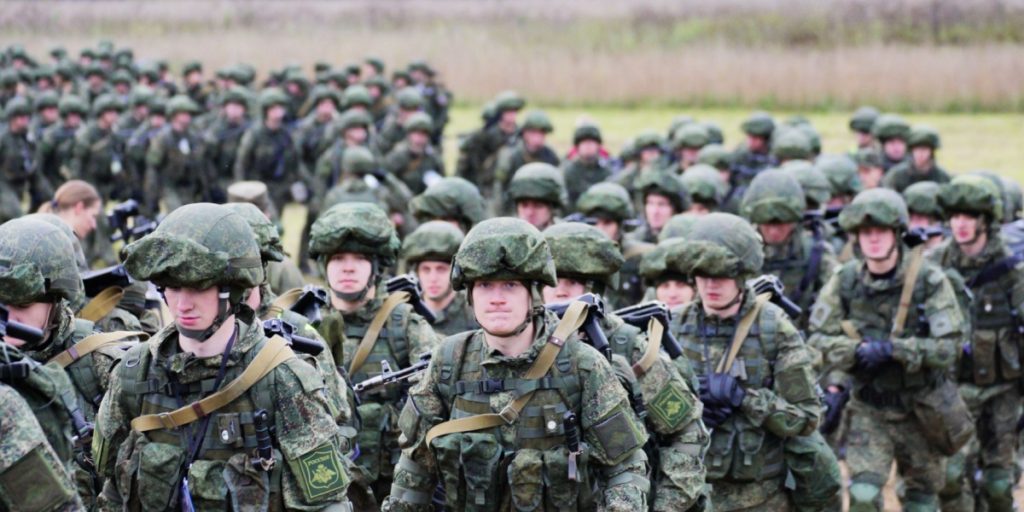
Around 30,000 Russian and Belarusian troops are expected to participate in the drills near the Polish border.
For Warsaw, this is not routine—it’s a threat. Two road checkpoints and three railway crossings have been closed, and the government is urging vigilance.
Foreign Minister Radoslaw Sikorski said the move was meant to send a clear signal of firmness.
“A threat disguised as routine”
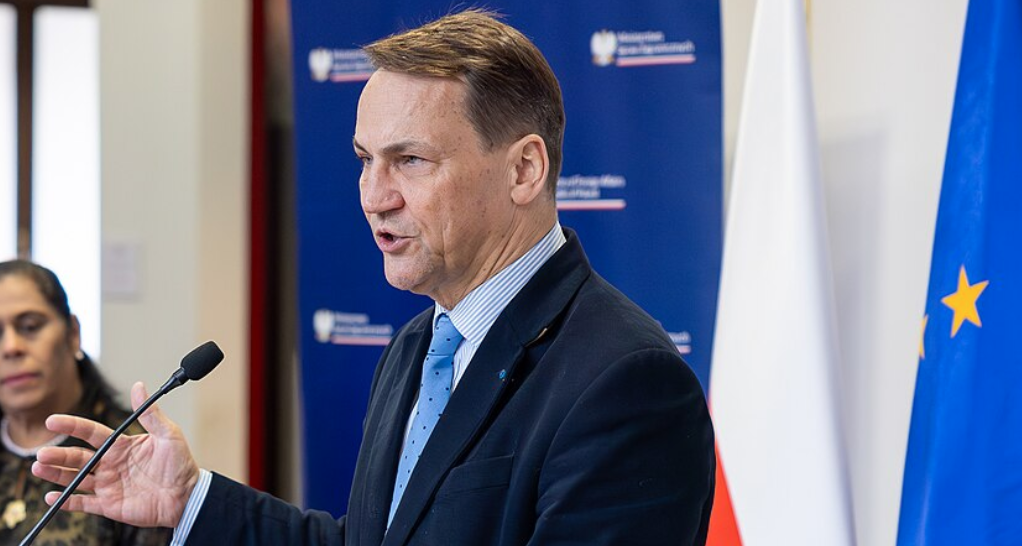
“These exercises represent a threat,” Sikorski stated, “because they are training for very aggressive military scenarios.”
Also read
He reminded the public that Polish airspace had already been violated by drones originating from Belarus.
His message to Belarusian President Alexander Lukashenko was direct: “The cup is full.”
Fears of another Ukraine-style invasion
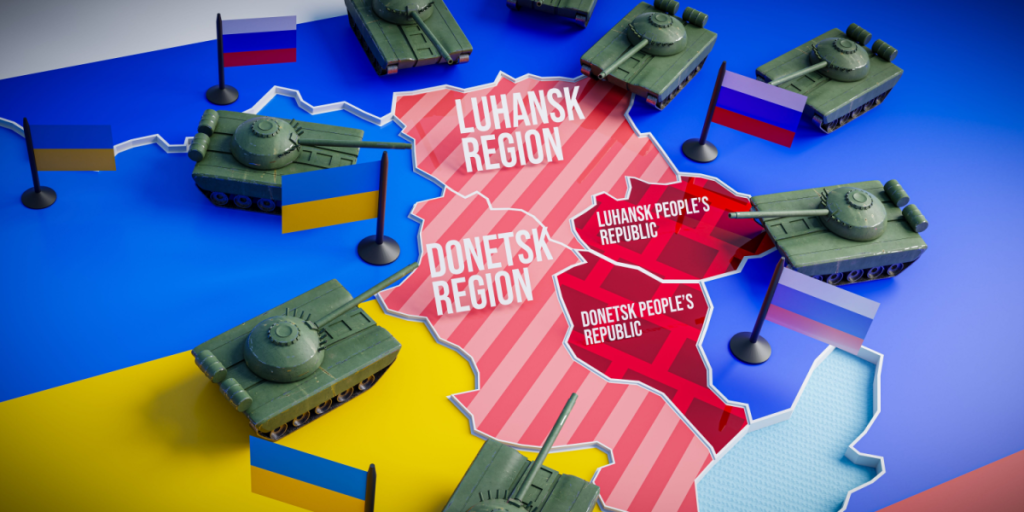
For Poland, these maneuvers bring back troubling memories. Before Russia invaded Ukraine, similar drills were conducted.
Now, the addition of nuclear scenarios fuels fears of potential aggression toward NATO.
“Over the last 500 years,” Sikorski warned, “when Russia threatens us, we must take it very seriously.”
Also read
Final slide placeholder
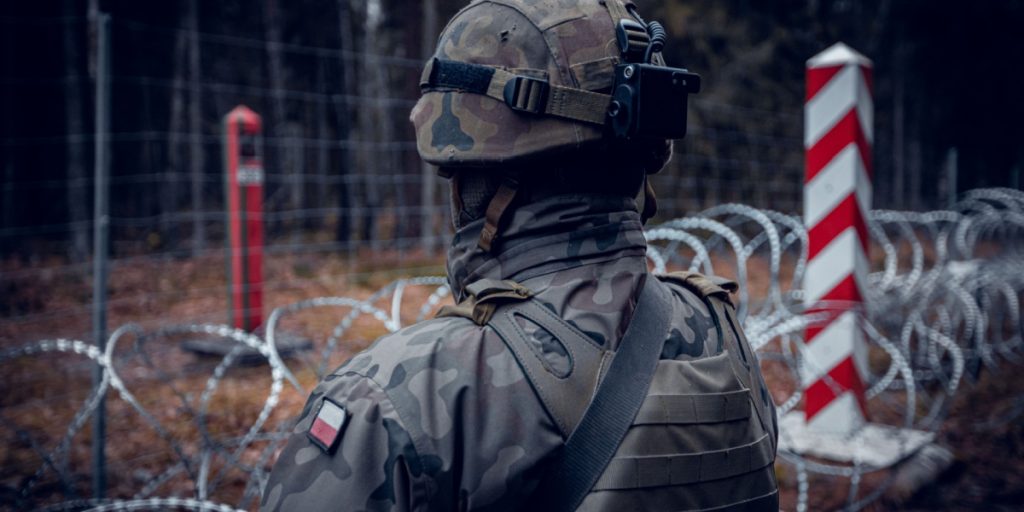
Operation Zapad-2025 is scheduled to conclude on September 16.
However, Warsaw has made it clear: the border closures will remain until further notice.
If drills extend or threats escalate, Poland is prepared to hold its defensive stance indefinitely.

